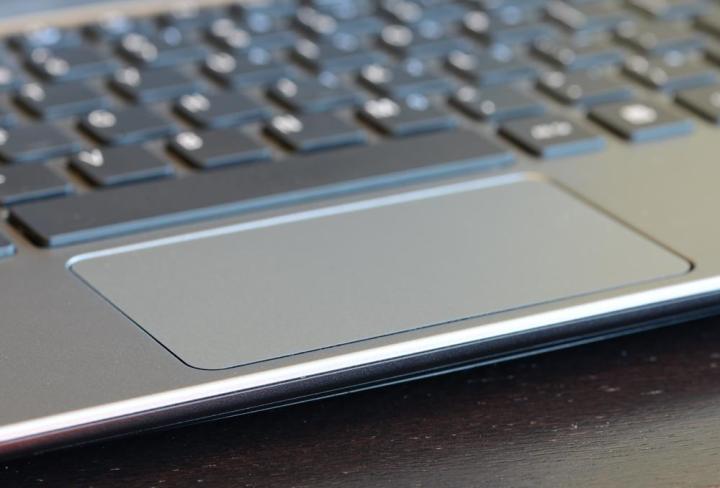
During the session, “Designing Great Hardware for the Windows 10 UI,” Vranjes focused on how the hardware and software of the new Windows operating system will relate to the overall user experience.
As it turns out, Windows 10 computers will include a wide range of gestures. For example, swiping down with three fingers will show the desktop and minimize current windows. Using four fingers at once will open the Action Center, and swiping down from the top edge with show a hidden title bar in Metro apps. Previous Windows 8.1 gestures will be included as well.
“There are a number of exciting improvements to the overall user experience coming in Windows 10, many of which require tight integration with the hardware to successfully light up for customers,” Vranjes detailed in his presentation.
Multi-finger gestures will give users the ability to navigate various features ranging from Cortana to the Notification Center. Edge gestures will also be incorporated into the touchpad. This means that users will be able to swipe from any four sides of the pad to gain quick access to the desktop or open apps.
Vranjes’ session was a part of the Windows Hardware Engineering Community (WinHEC) event in Shenzhen, China, which is being held to provide technical training, information on new Microsoft products, and connect partners and customers.
Editors' Recommendations
- The next big Windows 11 update has a new hardware requirement
- Surface Pro 10: all the major changes rumored for the new model
- Windows 11 tips and tricks: 8 hidden settings you need to try
- How to adjust screen resolution in Windows 11 and older
- Microsoft Edge is slowly becoming the go-to browser for PC gamers






